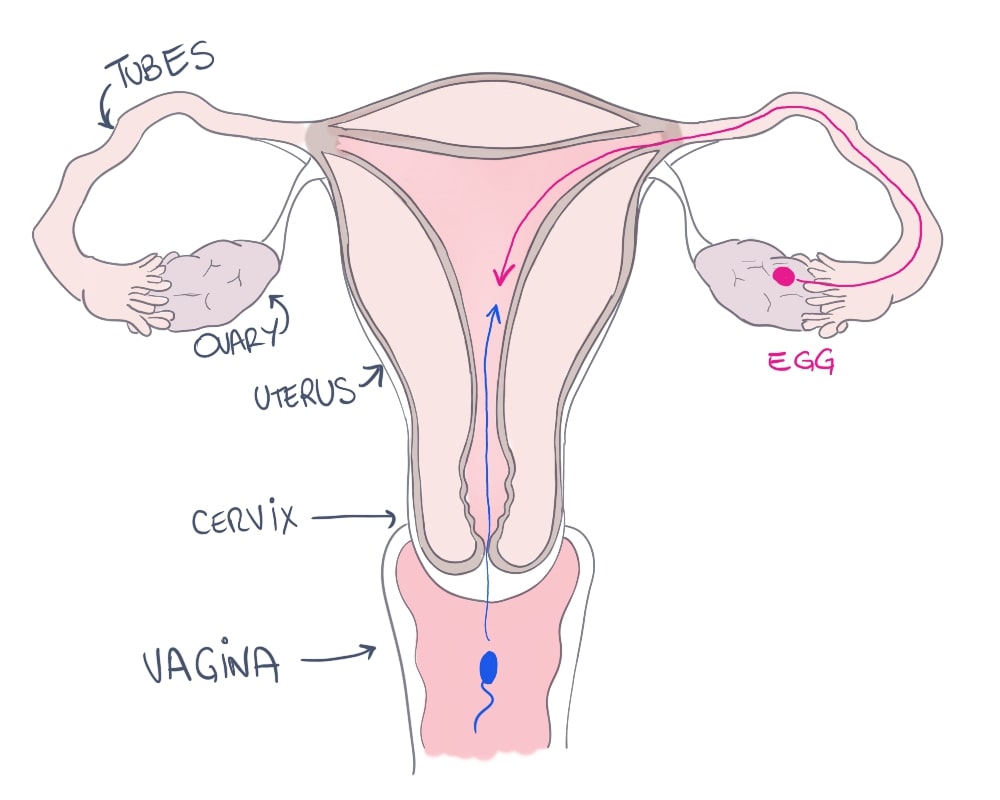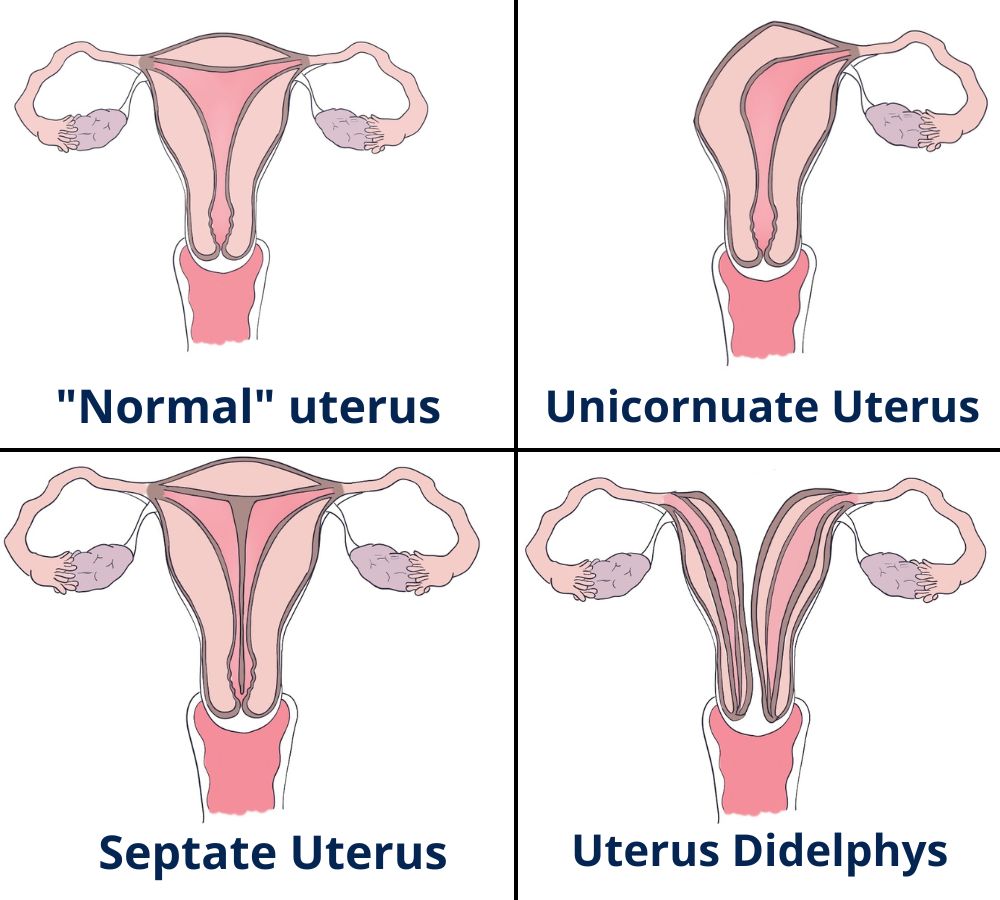Are you trying to get pregnant, but nothing seems to work? Many women find themselves in the same situation.
Some of them will never know the cause.
In other cases, however, they have certain anomalies in their pelvic organs. Most women aren’t even aware they have them until they try to get pregnant.
What you need to get pregnant
The process is quite simple. You need sperm and 1 egg to meet.
Sperm start in the vagina. They must travel through the cervix into the uterus.
The eggs, on the other side, start in the ovaries. They travel through the fallopian tubes into the uterus.
There, the eggs and sperm will meet and turn into an embryo.
The embryo will implant inside the uterus and grow until it becomes a fetus and then a baby.

Anything that blocks this circuit can prevent you from getting pregnant.
1. Cervical Stenosis
Your cervix is too narrow, so sperm can’t travel through it.
They’ll have to remove the inner part of your cervix to broaden it.
They must be careful, though. If they remove too much, there will be trouble afterward, like a miscarriage.
2. Uterus malformations
Some uteruses don’t have the shape they should.
A normal uterus has a one-space cavity.
Some uteruses are divided into 2 (septate uterus), or there is only half a uterus (unicornuate).

3. Uterine Fibroids
Fibroids are non-cancer masses that grow inside the uterus. They are very frequent (around 1 out of 3 women have them).
Normally you don’t need to do anything about them.
However, if there is a big one inside your uterus, your embryo won’t have room to grow. In these cases, your doctor will need to take it out.
4. Endometriosis
Endometriosis means endometrial tissue outside your uterus, mainly on your ovaries and tubes.
Whenever you have your period, that tissue will swell and bleed, irritating any organs they’re on.
If your ovaries or tubes are irritated, it can cause infertility.
5. Polycystic Ovary Syndrome (PCOS)
Women with PCOS have ovaries full of cysts. Because your ovaries release your sexual hormones, those will be messed up, too.
The main problem here is not the cysts but your hormones. That’s why the best way to treat it is through fertility medications.
As for the cysts, you don’t need to do anything about them.
6. Scar tissue inside your uterus
Some women have scars on their uterus, especially if they had some STIs in the past or C-sections.
Large scars can make it hard for you to get pregnant.
7. Thin uterine lining
Some women’s uterine lining is too thin.
Your uterine lining must be thick enough so that the embryo can implant and grow attached to it.
If it is too thin, it will not have enough support and nutrients.
Sometimes, there is a hormonal cause behind it, like low estrogen levels. If that’s your case, some estrogen pills will solve it.
Finally
If you can’t get pregnant, you should go to your doctor to ensure you don’t have one of these disorders.
Some of them can be treated, so the sooner you detect them, the better.
Leave a Reply